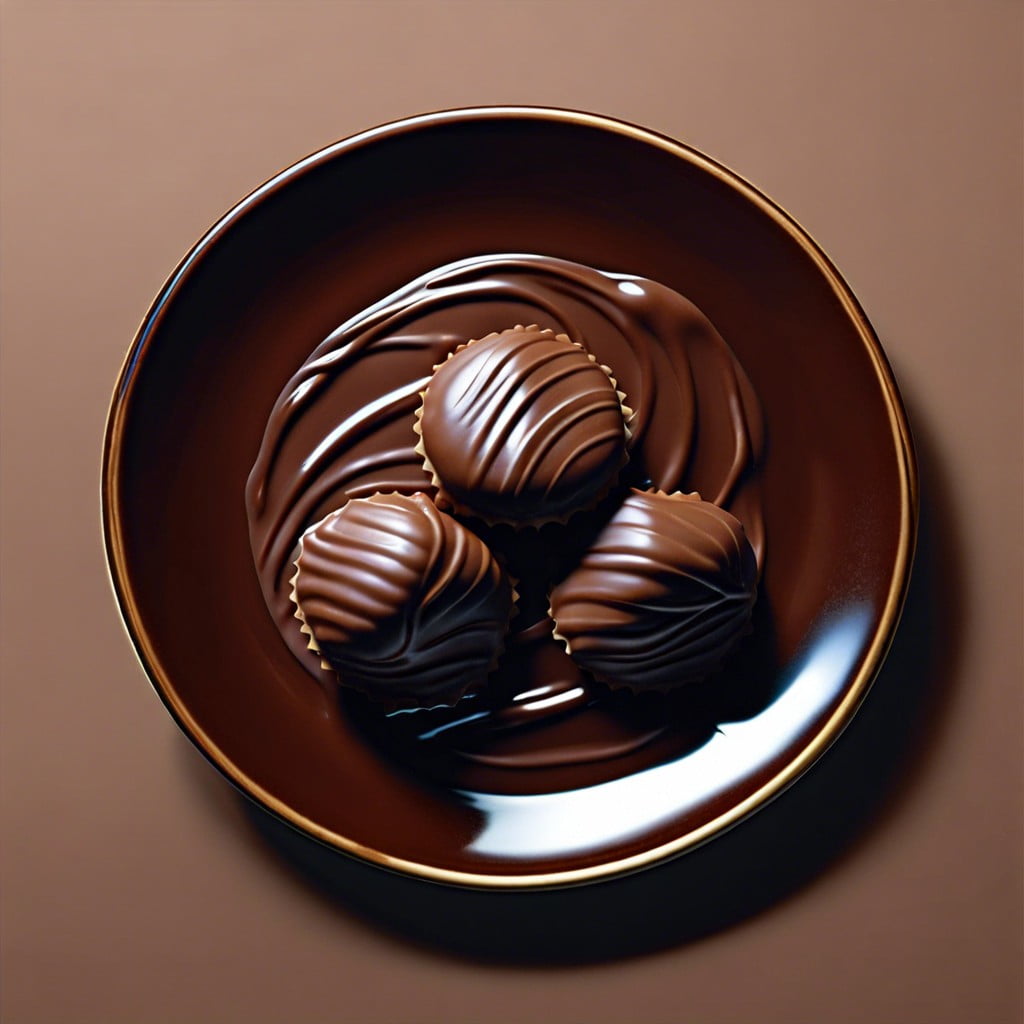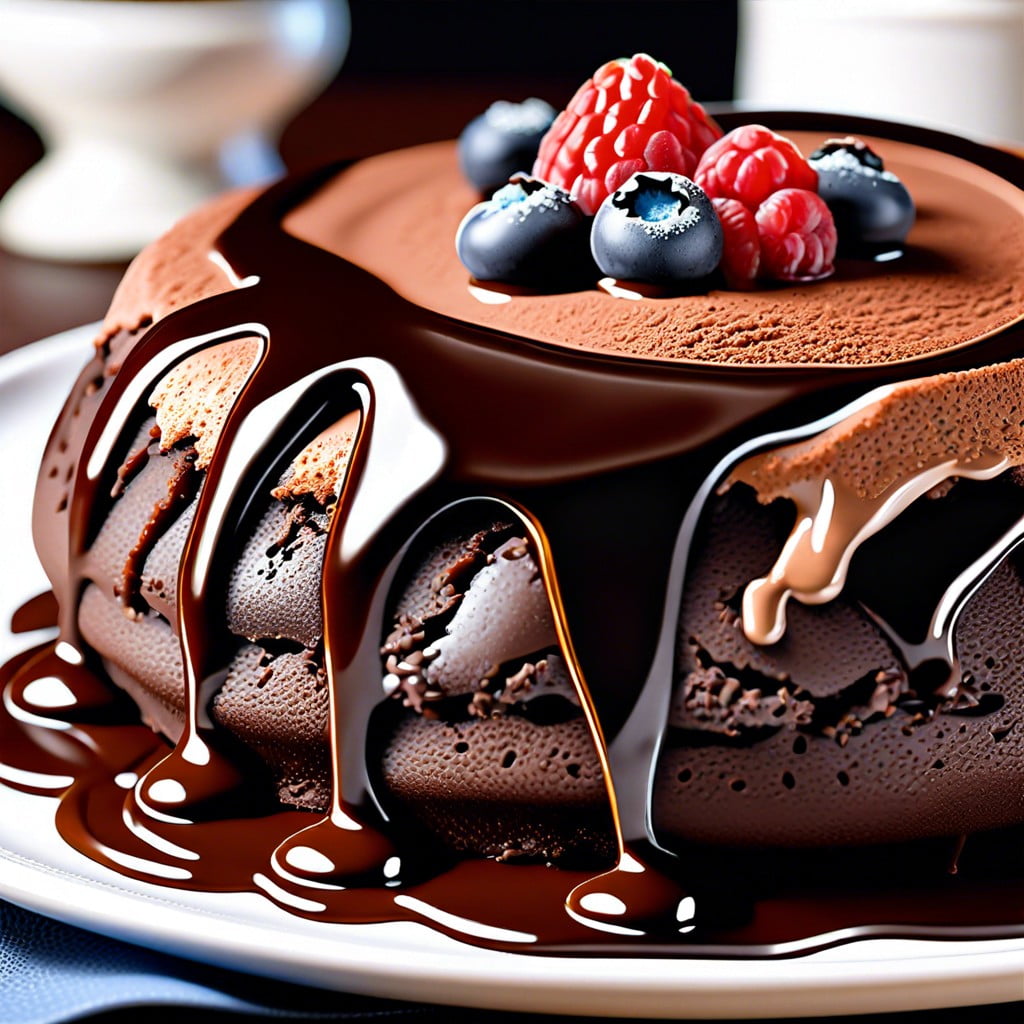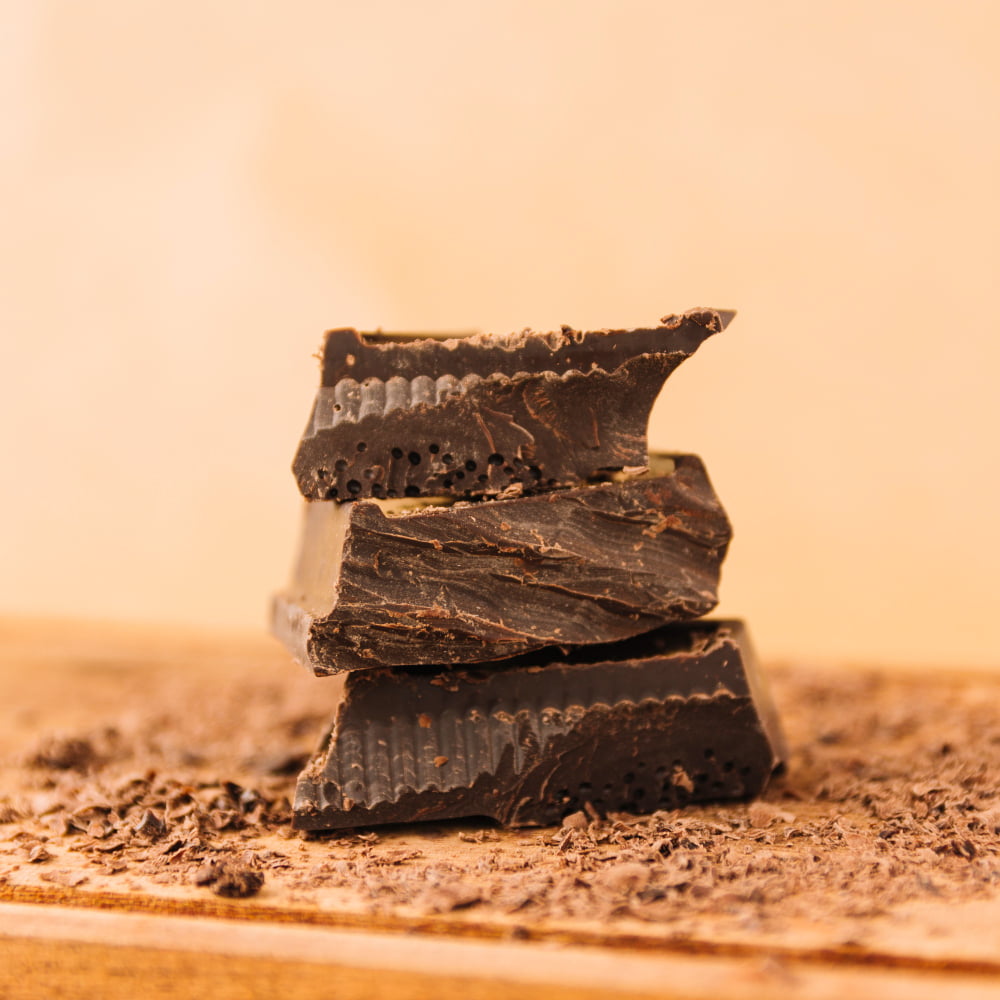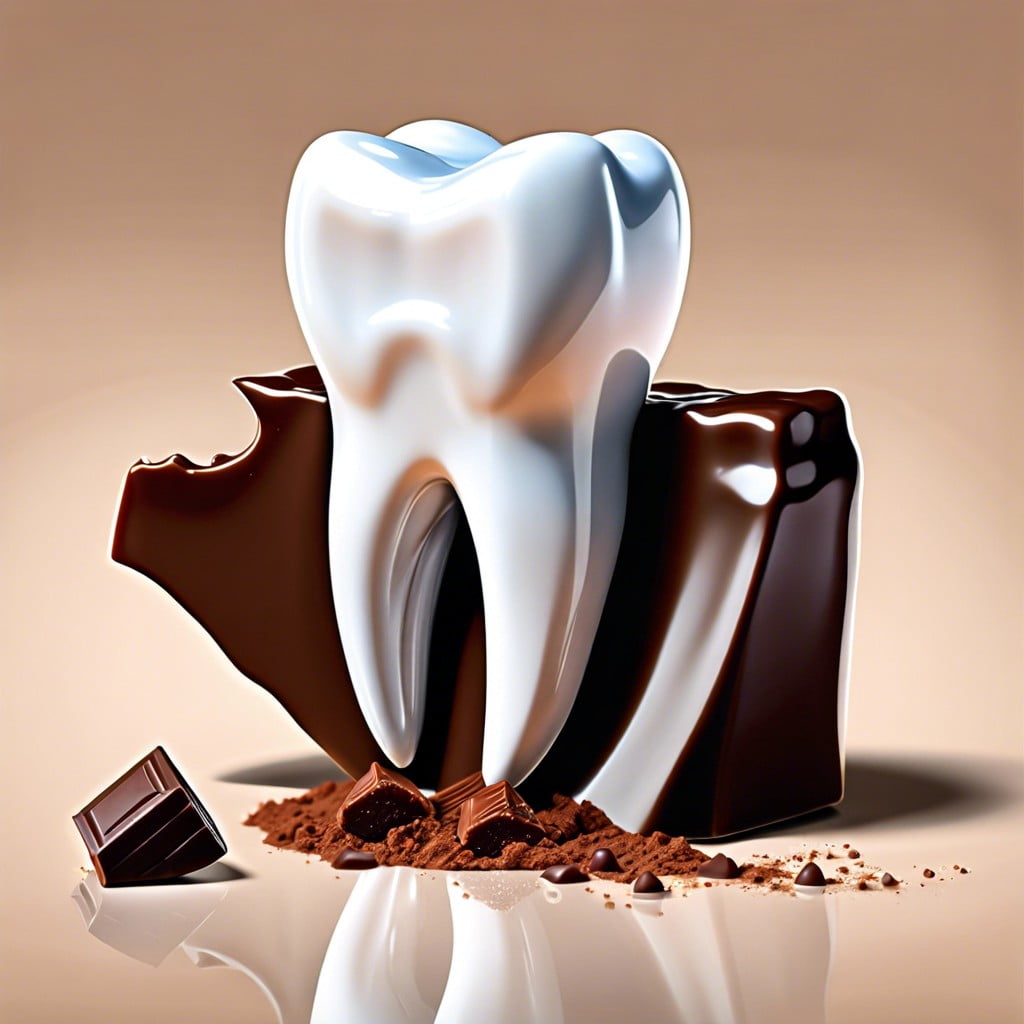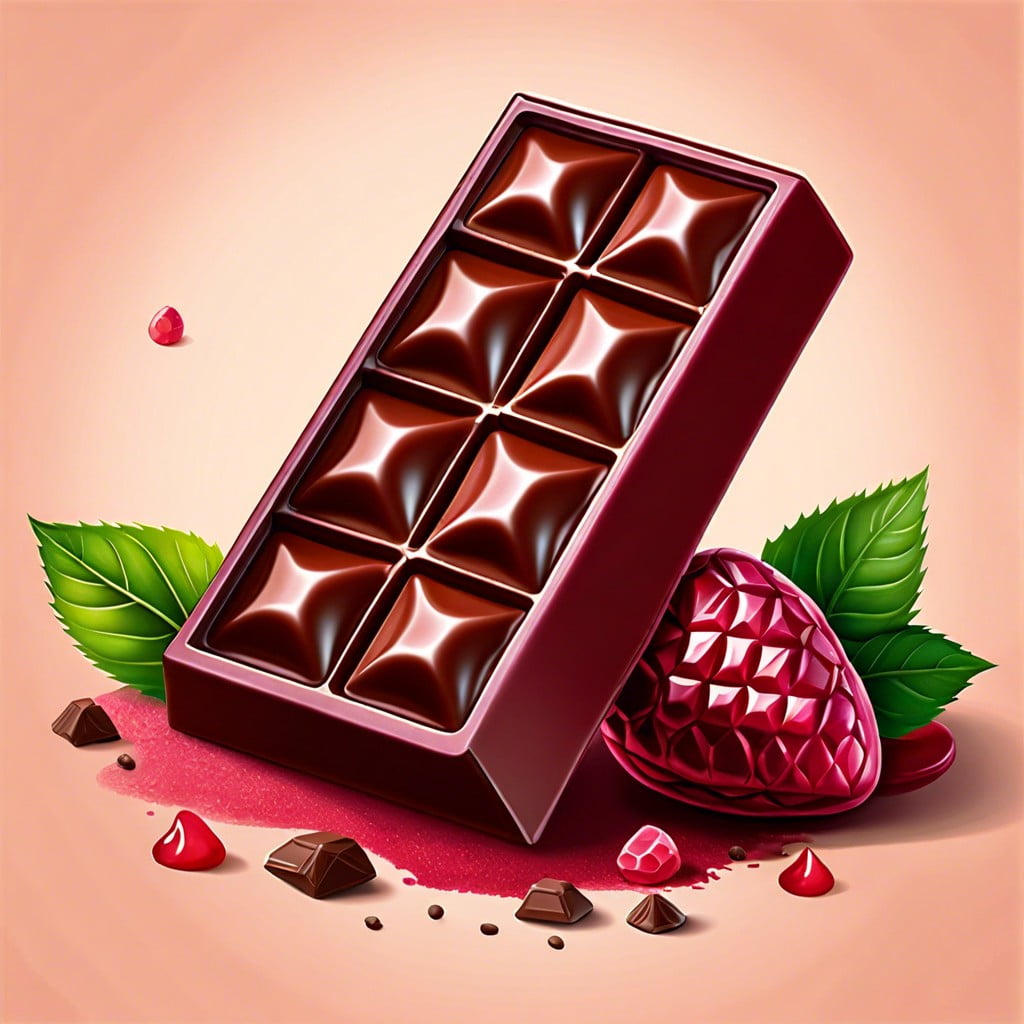White chocolate’s status as true chocolate will be revealed, answering the question: is white chocolate really chocolate?
Key takeaways:
- White chocolate lacks cocoa solids, making it different from dark chocolate.
- Dark chocolate is more intense in flavor compared to white chocolate.
- White chocolate has a creamy, sweet taste and silky texture.
- White chocolate is commonly used in baking, as a drizzle, in hot chocolate, mousse, and paired with fruits.
- White chocolate must contain at least 20% cocoa butter and 14% milk solids to be considered legally as white chocolate.
Inside
White Chocolate Ingredients
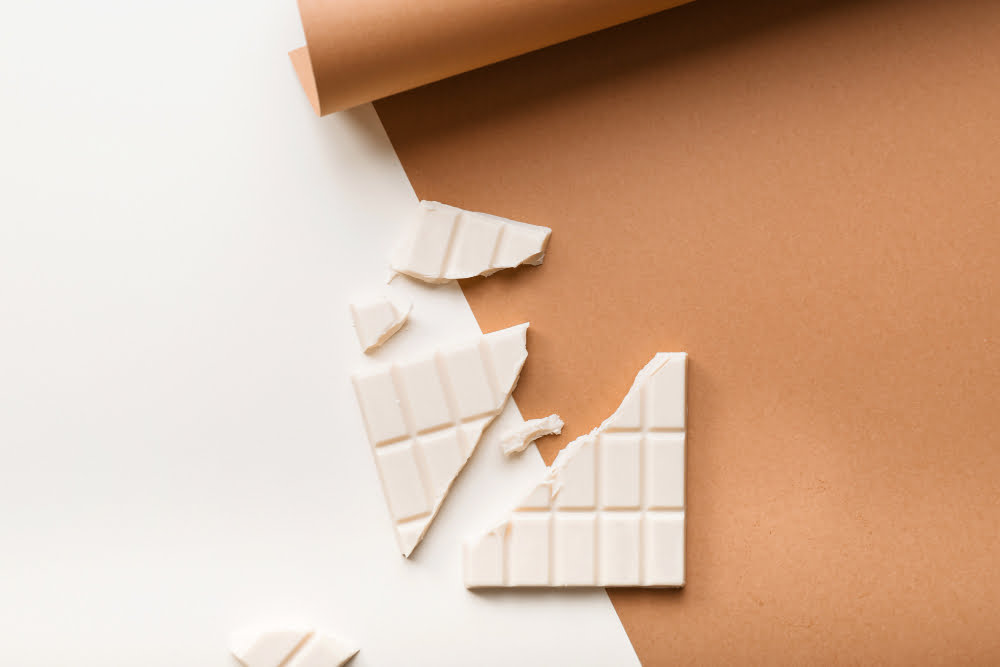
White chocolate is made from a mix of ingredients that are as intriguing as a mystery novel. Key components include cocoa butter, sugar, and milk solids. Unlike its darker sibling, white chocolate skips the cocoa solids, which are what give dark and milk chocolate their rich color and intense flavor.
Cocoa butter, extracted from cocoa beans, is the backbone of white chocolate. It’s what gives it that melt-in-your-mouth creaminess. Sugar plays the sweet sidekick, ensuring your taste buds do a happy dance. Milk solids round out the trio, adding a rich, smooth texture.
Since there’s no cocoa powder, white chocolate lacks the characteristic “chocolaty” taste of regular chocolate. Instead, you get a sweet, creamy delight that’s more like a confectionery dream. Some varieties may include vanilla or lecithin to enhance flavor and texture, making it all the more delectable.
White Chocolate Versus Dark Chocolate
Let’s start with the obvious: color. Dark chocolate is as moody and rich as a film noir classic, while white chocolate is the pale, delicate ingénue.
Dark chocolate is made from cocoa solids, cocoa butter, and sugar. White chocolate, on the other hand, skips the cocoa solids and leans heavily on cocoa butter, sugar, and milk solids. Think of dark chocolate as the edgy, mysterious sibling and white chocolate as the sweet, approachable one.
Flavor? Dark chocolate boasts intense, bitter notes that can make your taste buds dance the tango. White chocolate whispers sweetly with creamy, milky hints that melt like a lullaby in your mouth.
Nutritionally speaking, dark chocolate is the star pupil, rich in antioxidants and sometimes touted as a health food (in moderation, of course). White chocolate? It’s more like the charming slacker who still gets invited to all the parties.
Texture-wise, dark chocolate has a robust, sometimes gritty feel, while white chocolate is luxuriously silky, almost like a lotion for your tongue.
Culinary uses also diverge. Dark chocolate shines in sophisticated desserts and complex dishes. White chocolate, meanwhile, loves cozying up in cookies, sweet sauces, and as a topping for anything needing a touch of sweetness.
How White Chocolate Is Made: A Step-By-Step Guide
First, cocoa beans get love-bombed and divided like they’re at a sweet heaven’s gate: cocoa butter on one side, cocoa solids on the other. Spoiler: white chocolate only wants the butter.
Next, the cocoa butter gets a glamorous makeover with milk solids, sugar, and often lecithin (a fancy emulsifier). Vanilla may join the party too, making it more delicious.
Then, the mixture takes a spin in the conching machine. Think of it like a slow dance to make everything silky smooth.
Finally, this dreamy concoction is tempered, ensuring it’s got that classic snap and shine. Then it’s molded into bars, chips, or whatever funny shapes you fancy. Ready to turn your teeth into sweet-crunchy instruments.
Common Uses For White Chocolate
Taking a stroll through the candy aisle reveals white chocolate featured in various confections, from truffles to bars. Sprinkle some fun with these key uses:
Baking Buddy: White chocolate is a champ in cookies, cakes, and brownies. It melts down to creamy goodness, giving sweetness without the pesky bitterness of dark chocolate.
Decadent Decor: Need an Insta-worthy dessert? Melted white chocolate makes a swoon-worthy drizzle over cupcakes, strawberries, or even popcorn.
Gourmet Hot Chocolate: It’s a cold day, and the ordinary won’t cut it. White chocolate can transform your average hot chocolate into a taste bud party. Try it, thank me later.
Cheat Code for Mousse: Whip up an easy mousse by mixing melted white chocolate with whipped cream. Impress your guests with minimal effort, maximum praise.
Fruity Contrast: Pair white chocolate with tart fruits like raspberries or citrus for that perfect sweet-tangy duo.
Experiment! Toss it into your next culinary adventure. The possibilities? Endless and delicious.
What Is White Chocolate, Legally?
In the world of regulations, white chocolate has its own fancy set of rules before it can don the chocolate crown. Here are a few key points:
- Contains at least 20% cocoa butter. No cocoa solids? No problem.
- Milk solids must be at least 14%. Think of it as having some dairy pizazz.
- Sweetness is not an option but a law. Minimum of 3.5% milkfat and 55% sugar.
No cocoa solids mean it doesn’t have that classic chocolatey flavor. But legally, it gets to keep hanging with the chocolate cool kids. A bit like the friend who doesn’t like coffee but still gets to tag along to the café.
